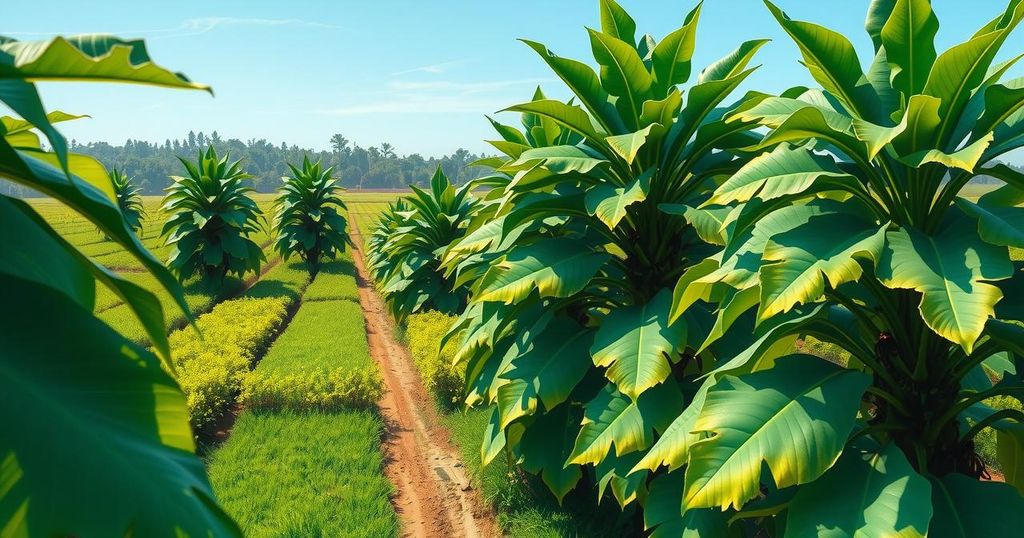Soaring Cocoa Prices: Climate Change and Economic Pressures Challenge Chocolate Industry

Chocolate prices have surged dramatically due to climate change, with cocoa production in West Africa severely affected by extreme weather. Although a forecasted surplus may help stabilize prices, significant challenges persist for farmers and manufacturers alike. Some growers are abandoning cocoa for gold mining, and companies are exploring alternatives to chocolate to cope with the crisis.
The rise in chocolate prices is no illusion; numerous factors have come into play. A notable report by Al Jazeera highlighted how climate change has critically affected cacao production, especially in West Africa, the leading cocoa-producing region. Fluctuations in weather—from heavy rainfall in 2023 to severe drought and extreme heat in 2024—have severely impacted yield, leading to a dramatic increase in cocoa prices.
In fact, cocoa prices surged nearly threefold during 2024, peaking at a staggering $12,931 per metric ton in December before experiencing a steep decline of around 37%, settling at roughly $8,200. The International Cocoa Organization has recently projected a global surplus of 142,000 metric tons for the 2024 to 2025 period, which they believe could ease the price pressures of the past years, marking the first surplus in four years. However, clouds of uncertainty still loom on the horizon.
Commerzbank analyst Carsten Fritsch raised concerns that the persistent dry weather which devastated last year’s crops could once again wreak havoc in the coming year. As both the Ivory Coast and Ghana, responsible for about 60% of worldwide cocoa, continue to face challenges such as ageing tree stock and disease, the industry is at a crossroads.
Farmers in Ghana are now confronting increasingly tough choices. Reports indicate some have opted out of cocoa farming entirely, instead selling their land for gold mining, driven by the recent surge in gold prices. Unfortunately, many cocoa growers in these countries survive on meager wages, unable to fund essential improvements to counteract the effects of extreme weather or to replace old, disease-prone trees.
Conversely, cocoa growers in Brazil appear to be taking a different path. With better access to resources and financing, they are establishing full-sun cocoa farming on a larger scale, which might significantly alter the future of cacao production—if projects prove successful. However, scientists warn that large-scale cloning would leave these cocoa trees even more susceptible to disease outbreaks.
In the face of these ongoing challenges, manufacturers are considering various strategies, from resizing products to exploring chocolate alternatives. Cargill, a major agri-food company, is working with Voyage Foods to create cocoa-free chocolate bars using grape seeds and sunflower flour. Startups such as Nukoko and Planet A are attempting to enhance or replicate chocolate flavors, while Fix Dessert Chocolatier provides unique offerings like Dubai chocolate, which features pistachio and tahini, inspired by Middle Eastern desserts. Notably, established brands like Mars have resorted to increasing prices while shrinking product sizes to manage rising costs.
In summary, chocolate prices have dramatically increased due to a mix of climate issues and production challenges. While a potential surplus may alleviate some price pressure, the cocoa industry’s future remains uncertain due to environmental and economic factors. As both farmers and manufacturers adapt to the new reality, the path forward for cocoa production and chocolate products will likely be precarious and innovative, filled with plenty of uncertainties.
Original Source: macaonews.org




